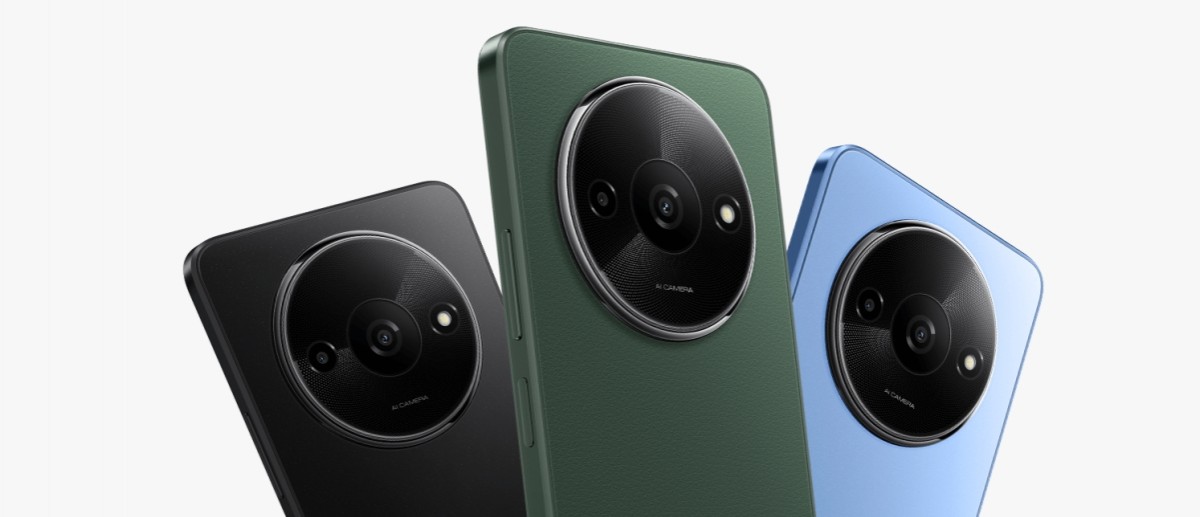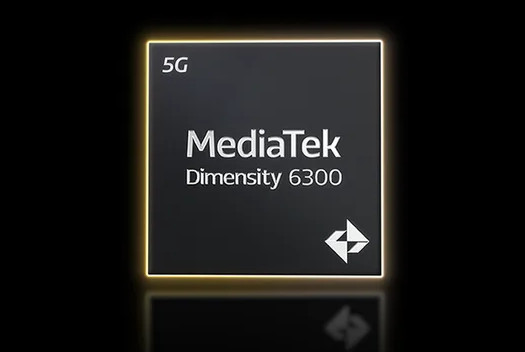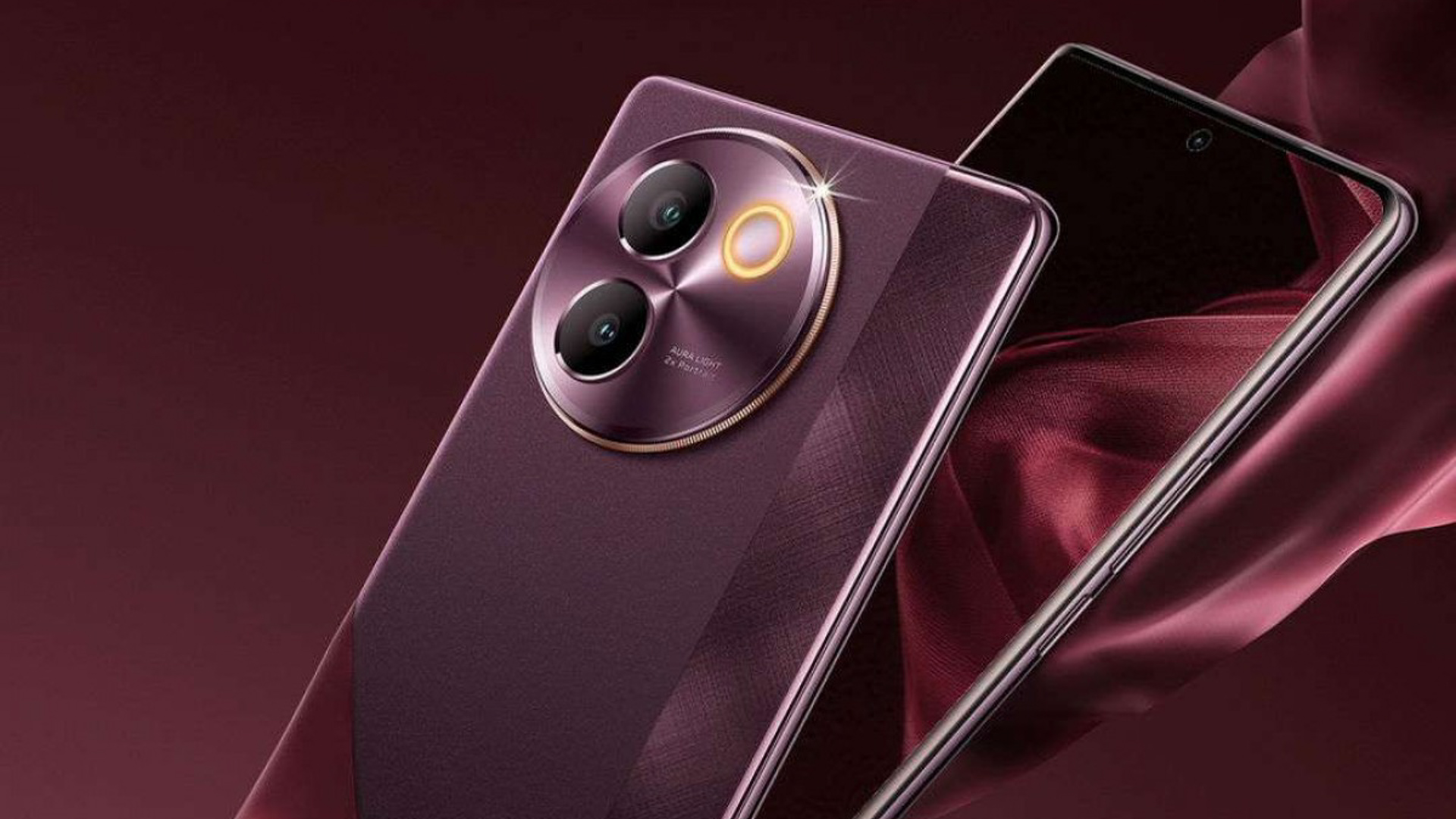
OPPO’s having a great 2016 so far. According to research firm GfK, the Chinese company has managed to climb up to no. 3 in terms of total sales in the country, right behind Cherry Mobile whose sitting pretty at the No. 2 spot. This is thanks in large part to the company’s F series of smartphones that capitalized on the inherent selfie obsession of pinoy consumers. OPPO’s looking to keep the momentum going with the new, mid-range F1s, that tries to combine the superior selfie experience of earlier phones with better features typically found in more expensive devices.
Oppo F1s Specifications
- 1.5 GHz Mediatek MT6750 Octa-core Processor
- Mali-T860MP2 GPU
- 3GB of RAM
- 5.5-inch HD IPS LCD Display, 720×1280 resolution
- 32 GB of expandable storage (Up to 256GB)
- 13-megapixel rear camera, phase detection AF, LED flash, f/2.2
- 16-megapixel front camera, f/2.0
- Dual SIM
- 3G, LTE
- WiFi b/g/n, Bluetooth v4.0, A-GPS, Fingerprint Scanner
- 3075mAh Battery
- Android 5.1 Lollipop, Color OS 3.0

A mid-range phone that look and feel premium
It seems like every phone past the 10K mark these days sport premium metal bodies, and the OPPO F1s is no exception. The phone uses a lovely metal body, and while it’s not made from a single block of aluminum, it feels well built, with no gaps, creaks or flex anywhere on the device. OPPO’s F series of phones may be midrange devices but they’re built more like flagship phones, and the F1s is no exception to that.

The back of the F1s is clean and uncluttered, and OPPO has cleverly hidden the antennae in the two strips of plastic on the top and bottom. The 13-megapixel rear camera is tucked away at the upper left side of the phone, with the LED flash on the right. Moving on to the side of the phone, you’ll see the volume rocker on the left, while the power button is located on the right with the SIM and microSD slot.

We’re liking the fact that the F1s can mount two SIM cards AND a microSD card, so you’re not forced to pick between an extra SIM or more storage. The bottom of the phone holds the 3.5mm jack, USB port and the speaker grilles, though there’s only one speaker (the other grille is for show).

The phone’s corners are curved for better ergonomics, though the back of the phone is completely flat. Despite this, the phone is a breeze to use one-handed, since it’s rather slim, at just 7.4mm.

The front of the phone is dominated by the 5.5-inch, HD IPS display that has 2.5D glass. The phone uses a physical home button that doubles as the fingerprint scanner that’s flanked by physical Android navigation keys. Up top you’ll see the earpiece, as well as the large 16-megapixel front camera with f/2.0 aperture. Just like before, OPPO’s F1s has a larger front camera than the rear camera, which fits the company’s marketing message for the F1s as the new “selfie expert”.
On to the 5.5-inch HD display. We’re a little disappointed that the resolution tops out at just HD, especially since other, less expensive phones have full HD displays as standard by now. The display has 2.5D glass and is protected by Gorilla Glass 4. The lower HD resolution combined with the bigger panel size results in a lower pixel density of just 267ppi. Sharper-eyed folks will see the drop in resolution especially if you put it side by side against a full HD phone.
On the bright side, the F1s’ display is no worse than other similarly priced phones in terms of color accuracy and contrast levels. The phone’s display is incredibly bright, which means sunlight legibility won’t be a problem. Aside from the lower resolution, we have no serious gripes with the F1s’ display to be completely honest.

MT6750 is good enough for daily use but isn’t a powerhouse
Powering the F1s is MediaTek’s 6750 octa-core processor, which is the lower spec’d sibling of the Helio P10, aka MT6755. The chipset has slower clock speeds for both the CPU and GPU – 1.5GHz max for the 8 ARM cores (4xA53 1.5GHz + 4xA53 1.0GHz) and 520MHz for the Mali-T860 GPU. This is a little problematic, on paper, since the Helio P10 processor isn’t exactly what you’d call a fast processor to start with – just read our other reviews with the same chipset.

Surprisingly enough the F1s feels fast in real-world use. Transitions and effects are smooth and fluid, with only a few drops here and there. AnTuTu benchmarks are acceptable, though real world gaming via Asphalt 8 is surprisingly smooth. Helio P10 phones that we’ve tested in the past exhibit some kind of lag when playing this demanding 3D game, and while the F1s did still have its fair share of dropped frames, it’s nowhere as bad as other P10 equipped phones. We’re attributing the F1s’ surprising gaming prowess on the lower resolution display – since the GPU has fewer pixels to push, it’s capable of rendering games smoother than a similar setup with a full HD display.
Just like other OPPO phones, the F1s comes bearing the company’s ColorOS UI overlay, along with Android 5.1 Lollipop. We’re accustomed to ColorOS by now, which removes the app drawer and adds customizable themes and gestures to the fore, but as always we’re not fans. Also, with the advent of Android 7.0 Nougat, we’re still scratching our heads why the F1s still comes with Android Lollipop out of the box.
Moving right along to the other aspects of the phone, the speaker is loud, but tinny, and loses definition the higher you push the volume. The fingerprint scanner is surprisingly fast, faster than we expected from a mid-range phone, to be honest. It’s also accurate, and we’ve yet to see it fail when we put our finger on it. You can also map certain apps to open depending on what finger you use to unlock the phone. You can also encrypt certain apps and files via fingerprint as well. The only downside to the scanner is that you’ll have to turn on the display before you can use it.

Selfies look awesome, though the rear camera needs a little more tweaking
The main draw of the F series of devices have always been the front camera, which has been improved greatly from the original F1. The aperture of the front camera still stays at f/2.0, but the resolution has doubled – from 8-megapixels in the F1 to 16-megapixels in the F1s.




Does the front camera deliver on its selfie promise? Yes – photos taken with the front camera look clear and detailed, though higher beauty levels leave your skin looking weird and unnatural. 16-megapixels is overkill to be honest for selfies, and we’d rather have that kind of resolution in the rear rather on the front. We are wondering why OPPO didn’t include a proper selfie LED flash on the F1s, considering that a lot of people take selfies in less than ideal lighting conditions. To be fair there is an improvised flash of sorts which turns the screen white before taking your photo, but it doesn’t beat a proper LED flash in our opinion.





As far as the 13-megapixel rear camera is concerned, it did a fairly good job, though some shots looks to have been either under or overexposed. There’s also quite a fair bit of noise in some of the photos taken in the brightly lit environs of the World Trade Center during History Con as well.

Battery is more than enough for a day
In terms of battery capacity, the F1s is way better than the original F1. With 3075mAh worth of juice inside, we had no doubts that the phone would do better than the original F1 in terms of battery endurance.
And the F1s didn’t disappoint, registering a PCMark battery benchmark score of exactly 9 hours. In actual use, the phone lasted around a day, with about 15% left before we charged it at midnight. Unfortunately the phone doesn’t have VOOC fast charging capability.

Verdict: A better selfie phone than the F1, though the camera needs a little more tweaking
OPPO has managed to improve on the original selfie expert, the F1 with the F1s. It’s faster, has better features, bigger screen and way better battery life compared to the original. The omission of the full HD display is disappointing, but considering the specs the F1s is a far better deal than the company’s more expensive F1 Plus. If OPPO manages to issue a software fix for the camera and update the OS to Marshmallow, then the F1s will fly off the shelves.






